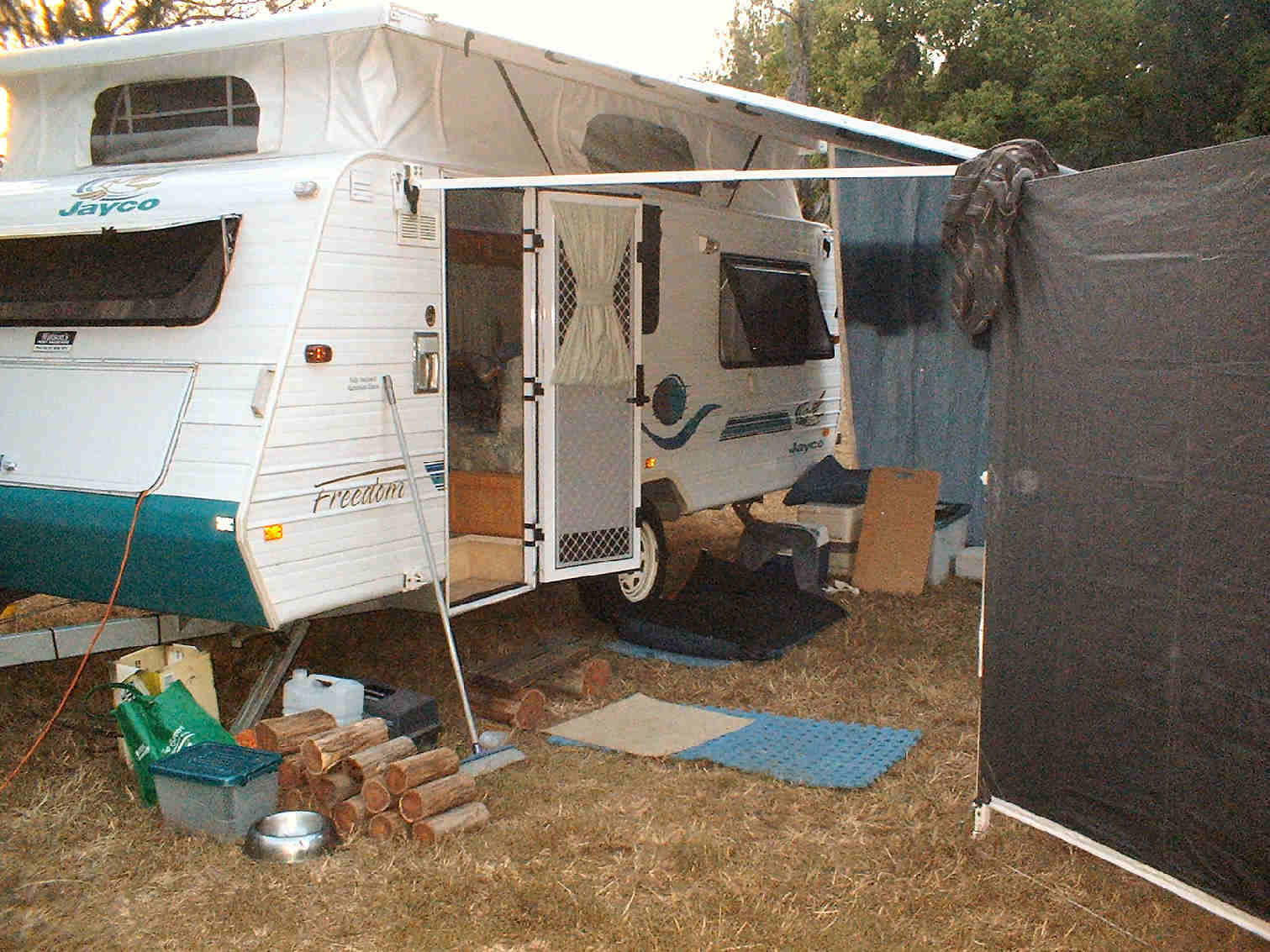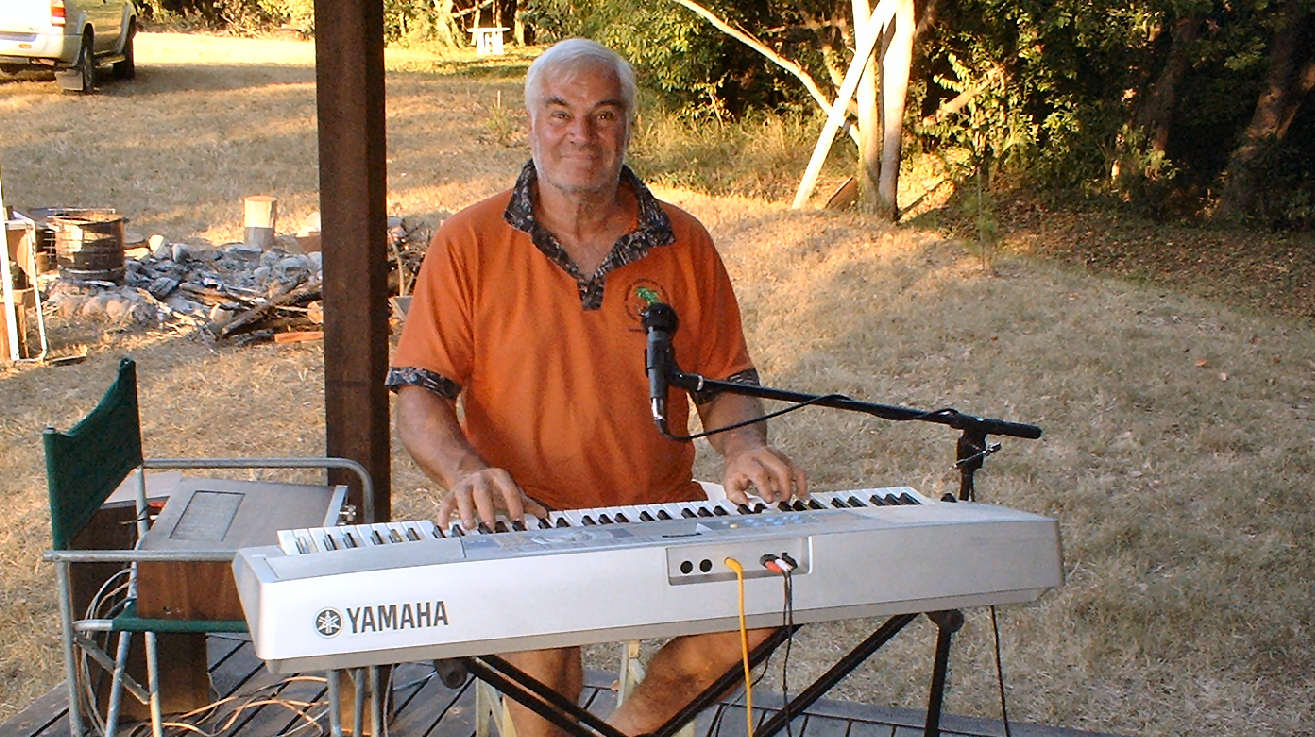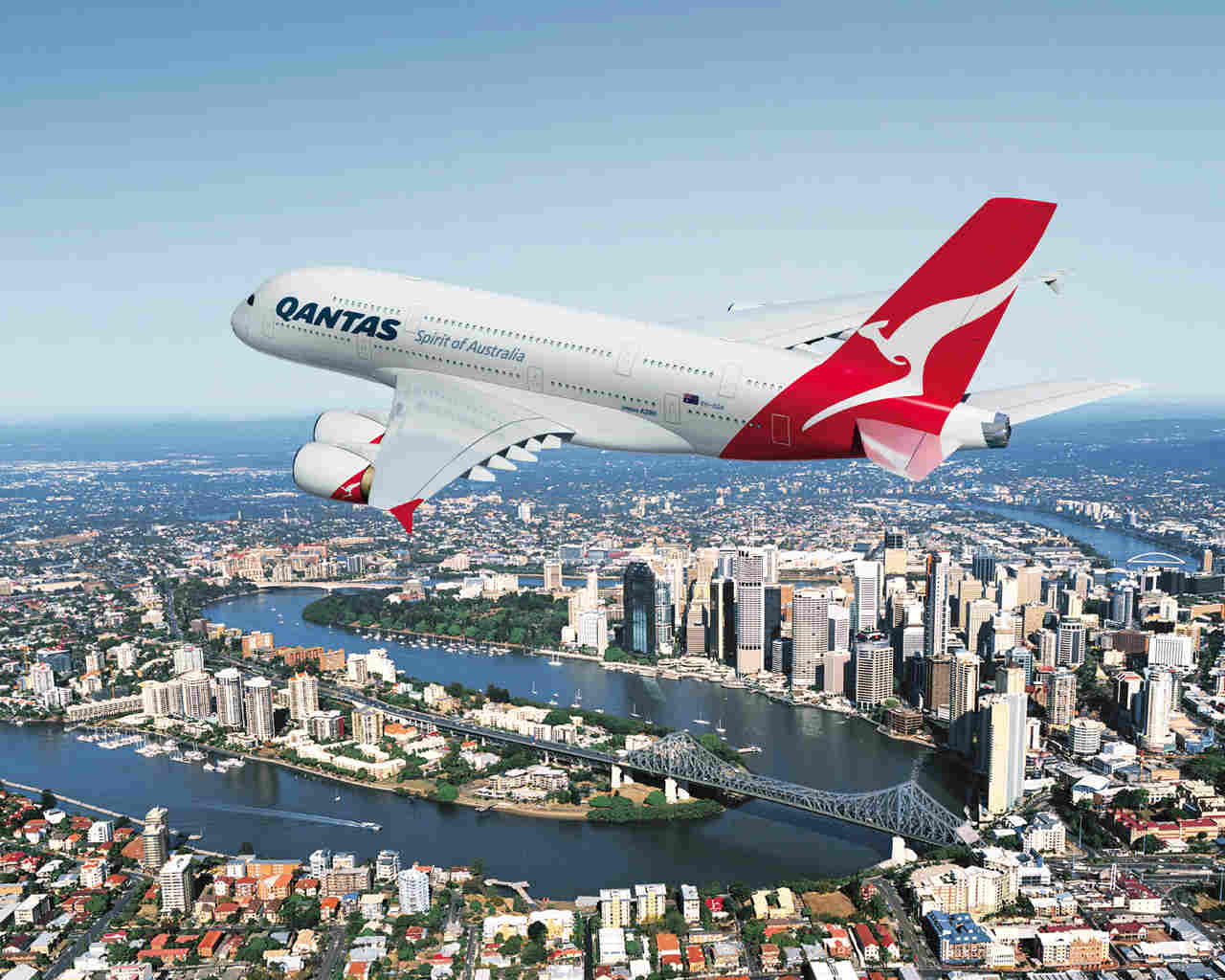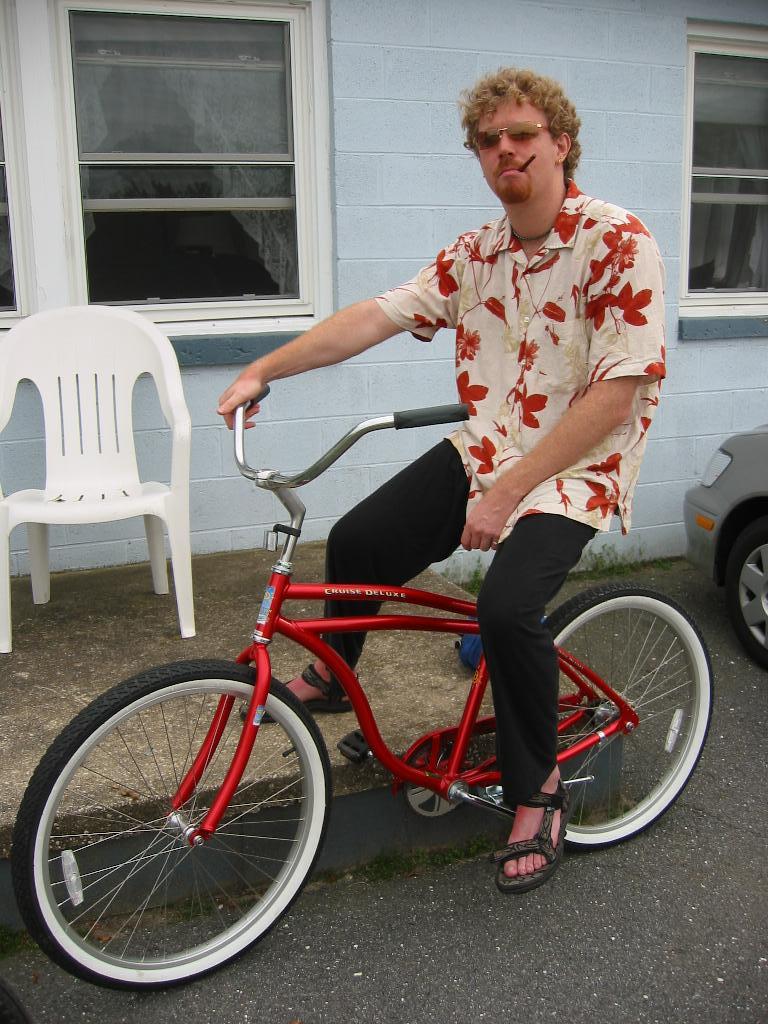|
Radschool Association Magazine - Vol 26 Page 13 |
|
Privacy Policy | Editorial Policy | Join the Association | List of Members | Contact us | Index | Print this page |
|
|
|
The caravan shakedown. John Broughton.
It was quite eventful. Having
spent some two months preparing the new van for the trip, including
relocating the batteries to underneath the bed, after all if they
discharged spurious gases during the night, who would be any
When I had the van built I had specifically asked that the Andersen plug be wired directly to the fridge so that there would be minimal voltage drop. I had completely rewired the stereo which was a combo of series and parallel switching, and being the intrepid rad tech and going a bit deaf, I decided that 2 new speakers were the go as this would give me quality sound by switching front and back for indoors to outdoor listening and thus aggravating the other happy campers.
So off to the Great Outdoors we go, that is my trusty Lab Barney and self, the wife had insisted that I go alone to iron out any bugs.
After cruising up the Pacific Highway for a while, I stopped at Kempsey to get directions for Crescent Head which has a freebee park where you don't pay anything and get nothing for it.
After enduring 5 Klms of dirt road I thought all was going quite well, I dismounted the trusty Cruiser, emptied out dog and generally was pretty chuffed at being in the great outdoors. The dog immediately took off toward some campers, obviously "greenies" with Kayaks and tents. I then decided to unpack some of the kit, however, upon opening the boot of the caravan I was overwhelmed by the smell of petrol, the bloody 2 stroke had leaked over everything. So out with all the gear and after several dousings of detergent things started to improve. Mind you the Greenies were in total distain of this whole episode, chain saws?
On entering the van for a well earned beer, I was confronted by the smell of the amber liquid....maybe after the fumes of petrol I was hallucinating, but no the fridge was on 3 and had managed to freeze all the beer popping the tops and leaking into the cupboard below..... no grog and more cleaning.
During this second phase I
was sensing a strong odour of "clean," mistakenly I thought the petrol and
beer had combined to completely destroy my nostrils,,,but alas no, I had
forgotten to close the "S Shute" on the toilet and yes that's right some
of the 10 pounders had surfaced and belly flopped back into the abyss
leaving only that "public toilet" smell than one can easily identify with,
no grog and
still more cleaning.
As it was getting late I decided to light the fire box with the wood I had brought from home (old telegraph poles are great firewood but tend to smoke somewhat), this was terrific as the Greenies had had enough and packed up and left...out with the keyboard and on with the music .. Fleetwood Mac @ 53dbm, still lots of cleaning and no grog.
On the way in I had noticed a shop that sold everything so I thought “tie up the dog, leap on the bike and go grab some grog,” after all that had happened I was entitled to the odd sip wasn't I????? As I carefully extracted the bike from the K-Mart sourced bike rack, I was shattered to find the gear and brake cables broken, apparently during the rough road trip in, the bike had shifted from one side of the top arm to the other chaffing the cables in the process... no grog, no bike, no matter!
So, after carefully laying
everything out to "air" and having disposed of the broken bots, I saw the
first lightening flash...no matter it seemed ages away ...you know, count
to 10, every numeral is 1,000 meters
Good caravanning……..
|
|
|
|
A blonde women was speeding down the road in her little red sports car and was pulled over by a woman police officer who was also a blonde.
The blonde cop asked to see the blonde driver's license. She dug through her purse and was getting progressively more agitated. "What does it look like?" she finally asked. The policewoman replied, "It's a little square thing and it has your picture on it.” The driver finally found a square mirror, looked at it and handed it to the policewoman. "Here it is," she said.
The blonde officer looked at the mirror and then handed it back saying, "Okay, you can go. I didn't realize you were a cop."
|
|
BBQ Rules.
|
|
Man who fight with wife all day get no piece at night.
|
|
Qantas A380
Qantas now has 2 of these magnificent aircraft flying between Oz and the US. Click on the photo below, of the A380 flying over Brisbane, the Nation’s capital, to get a pilot’s view of what it’s like inside
|
|
|
|
The rough guide to the universe.
For eight
years astronomers at the
Sloan Digital Sky Survey have scanned the heavens to discover the
nature of the universe.
For any traveller venturing into unfamiliar territory, a map is an essential aid. Now those exploring the final frontier are able to enjoy the same kind of help, with the completion of the largest map of the universe ever produced.
The Orion Nebula (left) is one of more than 200 million celestial bodies placed and classified by the Sloan Digital Sky Survey.
After more than eight years of relentlessly scanning the heavens and recording every chink of visible light, astronomers have finally finished the Sloan Digital Sky Survey, producing a three-dimensional colour map that covers a quarter of the night sky.
It has determined the exact position and classification of more than 200 million celestial bodies, including a million galaxies and 100,000 quasars, distant light sources which are among the most powerful objects in the universe. It has also produced a wealth of scientific discoveries that have helped to shape our understanding of the universe.
For the scientists behind the project, the finished survey is the culmination of 18 years of hard work. What they have created is a bewildering collage of coloured spots that, when looked at in closer detail, materialise into majestic spiral galaxies, whirlpools of stars and bright clouds of supernovae.
A few minutes spent browsing the collection of images reveals just how beautiful, and truly vast, the universe is. The furthest object that has been detected is more than 14 billion light years away, but no one really knows exactly how far the cosmos stretches beyond that - mostly because light from any further away would take longer than the universe has existed to reach us here on Earth. (Now that’s an interesting statement – does that mean that after the big bang, things moved away from the centre faster than the speed of light – or something?? – tb)
"The Sloan is probably the most important survey in astronomy that has been done," says Professor Bob Nichol, an astronomer at Portsmouth University and long-standing member of the Sloan project. "It has impacted on everything from our understanding of asteroids to the fundamental forces in nature."
"What we have achieved is far more spectacular than I could have hoped," agrees Professor Jim Gunn of Princeton University, one of the survey's founders. "When we started, astronomers relied on old photographic film plates, and had to spend hours poring over them to make discoveries. Our images have meant this work can be done on a computer - and the detail we have revealed makes all the headaches along the way worthwhile."
But for anyone hoping to slip a copy of this new cosmic map into their back pocket and set off around the universe, it may not be that easy. Despite covering only a quarter of the universe visible in the sky from Earth, the entire database takes up more than 30 terabytes of computer memory - the equivalent of more than 40,000 standard CDs. (A terabyte is a thousand billion bytes, or a thousand gigabytes – scientific talk for “a lot”.)
The survey was named after Alfred P Sloan, the former president and chief executive of General Motors whose foundation helped to fund the project. Using a specially built telescope at the Apache Point Observatory in the Sacramento Mountains of New Mexico, it started by taking advantage of a phenomenon known as redshift to measure the distances between galaxies.
When an object like a galaxy is moving away from the Earth, the light we see from it is stretched, and becomes redder. Astronomers can use this change in the colour of the light to calculate the location of a galaxy relative to others around it. Using computers, the Sloan survey was able to produce huge maps of the galaxies' positions.
To conduct the redshift analysis, the astronomers first needed to identify suitable galaxies and quasars using visible light. But rather than using old photographs of the sky taken by previous surveys, they used digital cameras to create a new picture of the universe. This approach allowed them to observe up to 640 stars and galaxies at a time, and could detect far fainter objects than had ever been seen before - and with a greater range of colours.
The project was able to peer into some of the furthest reaches of the universe, and provide measurements of objects up to four billion light years away. (That’s 37,843,200,000,000,000,000,000 Klms – tb)
Looking this deep into space gave astronomers an insight into what the universe looked like at a time just after the Big Bang, which took place around 14?billion years ago, when galaxies and quasars - rare but extremely bright objects that are powered by hot gas falling on to supermassive black holes up to 10-billion times the mass of the Sun - were just beginning to form.
|
|
Despite the cost of living, have you noticed how popular it remains?
|
|
|
|
Among the survey's most important achievements was that it provided a standard technique that allowed astronomers to measure the distances between objects. It was this, combined with data from the project, that helped scientists prove that the universe was still expanding - which feeds into the biggest puzzle of all: how to work out the ultimate fate of our universe. (And into what is it expanding?? – tb)
That wasn't all, though. The images and maps from the survey have helped us understand the properties of dark matter, the invisible and mysterious material whose gravity binds stars together in galaxies. They have also uncovered the astonishing array of different shapes and structures that galaxies can form.
Now that the final set of data has been made public, millions of amateur astronomers around the world will be able to join in the hunt for new galaxies through an online project called Galaxy Zoo. The experts have already found a dozen new galaxies that are immediate neighbours of our own Milky Way - and have shown how the outer reaches of the Milky Way are criss-crossed with trails and streams of stars that are probably the remnants of other, satellite galaxies, torn apart long ago by the strong gravity of our own.
And turning away from the cosmic, the survey has revealed a few surprises closer to home. "When we began taking images, we found that objects in the asteroid belt of our own solar system were moving enough that we could detect them," explains Prof Gunn. "It was confusing our software, so we made it automatically detect them so the computer could get rid of them. As a result, we have found over half a million new asteroids out there."
The scientists
could even tell what the asteroids were made of, by looking at the colours
of light they reflected, enabling them to work out which asteroids came
from the same source.
They announced another surprise discovery: an unusual giant comet circling the sun. The icy object, 62 miles wide, has been given the rather dull name of SQ372 for the time being. Its eccentric orbit takes it on a 22,500-year journey around the sun.
"It's basically a comet, but it never gets close enough to the sun to develop a long, bright tail of evaporated gas and dust," says Andrew Becker (right), from the University of Washington in Seattle. The mysterious comet is currently sitting between the orbits of Uranus and Neptune, around two billion miles from here, but its orbit will take it more than 150 billion miles away - about 1,600 times the distance of the Earth from the Sun.
Given that the Sloan project covered only a quarter of the visible sky, there are bound to be plenty more surprises out there. Admittedly, we will have some time to wait for the next major survey - the Large Synoptic Survey Telescope, which will take more than 200,000 pictures of the heavens every year, will not start until 2015.
The possibilities of what it will discover already have astronomers' mouths watering - but until then, they still have millions more interstellar landmarks to identify from the most recent survey. Despite years of effort, the cosmic map is still very much a work in progress.
|
|
Man who drives like hell bound to get there.
|
|
|
|
For sale.
DISPLAY CABINET, one of the most elegant and functional display cabinets currently on the market.
Features
To give an indication of size of the
Cabinet, it previously held the following:
All these trophies are now overseas and the Cabinet is surplus to requirements. To make an offer, call Ricky Stuart, Ricky Ponting, Stuart Mortlock or Peter Fitzsimons!”
|
|
Scientists have discovered a food that diminishes a woman's sex drive by 90%...Wedding cake.
|
|
|
|
Back Go to page: 1 2 3 4 5 6 7 8 9 10 11 12 13 14 15 16 17 18 19 Forward |




 t
into motion:
t
into motion: 



